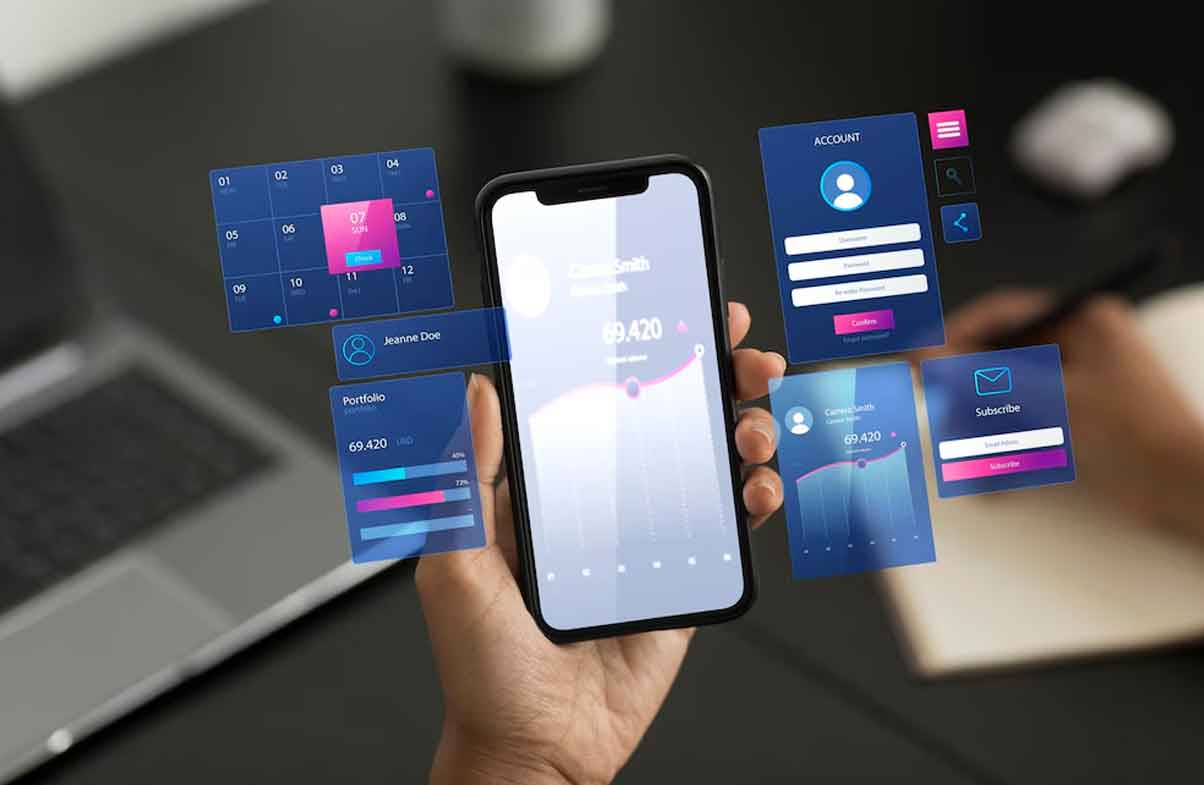Top 7 Everyday Apps Hackers Exploit, And How to Secure Them in 2025

15 Jul 2025
In 2025, cyberattacks have become smarter, more targeted, and disturbingly silent. What's more surprising is where these attacks are happening; inside the apps we trust the most.
From communicating with coworkers to distributing important business files, platforms such as WhatsApp, Zoom, and Google Drive have become vital in today’s world. However, this dependence has a surprising drawback: hackers are increasingly targeting these tools, aware that users rarely hesitate to click, share, or sync.
Whether you're a freelancer, a startup, or a growing enterprise, ignoring these app-level threats can be a costly mistake. Below, we break down the seven most commonly exploited apps in 2025 and the simple, effective steps you can take to stay protected.
1. WhatsApp: Convenience Meets Manipulation
WhatsApp’s end-to-end encryption offers great privacy, but it doesn’t prevent users from being tricked.
How Hackers Exploit It:
- Disguised malware sent via modded APKs
- Social engineering to steal OTPs and login credentials
- Fake “support agents” pretending to verify your account
Protective Measures:
- Turn on two-step verification
- Avoid clicking on unknown links, even from contacts
- Only install from official app stores
Many small business owners have unknowingly handed over control of their WhatsApp Business accounts through simple scams that could have been avoided with basic training and verification protocols.
2. Zoom: Still Vulnerable Despite Updates
As remote and hybrid work remains strong in 2025, Zoom continues to be a preferred communication tool and remains a common target for security threats.
Attack Methods:
- Brute-forcing meetings with weak or reused passwords
- Outdated software containing unpatched vulnerabilities
- Fake Zoom invite links leading to phishing sites
How to Stay Safe:
- Use waiting rooms and lock meetings after starting
- Set unique meeting IDs and strong passcodes
- Regularly update the app
Even high-level executive meetings have been disrupted or leaked due to lapses in basic Zoom security settings.
3. Google Drive: Where Shared Files Can Spread Malware
Cloud-based tools like Google Drive have transformed collaboration. Unfortunately, they’ve also become easy drop zones for malware.
Common Exploits:
- Infected files shared under the guise of (invoice) or (proposal)
- Publicly accessible folders leaking sensitive info
- Overly permissive sharing settings
Best Practices:
- Limit sharing to specific people and restrict editing rights
- Use virus scanners to pre-scan file uploads
- Periodically review shared links and revoke unnecessary access
Cybersecurity teams continue to see Google Drive used in corporate phishing campaigns where a single click leads to system-wide compromise.
4. Slack: Friendly Workspace, Silent Breaches
With integrations, file sharing, and app access, Slack has evolved into a powerful platform, and a growing security risk.
Tactics Used by Hackers:
- Exploiting third-party app permissions
- Token theft from compromised browser sessions
- Impersonating users in public or private channels
Smart Safeguards:
- Limit who can install third-party apps
- Monitor bot behavior and data access
- Log out from sessions not actively in use
Teams are often unaware of how much sensitive data flows through Slack daily until it’s too late.
5. Dropbox: Easy to Use, Easy to Abuse
Dropbox’s strength lies in syncing and storing files across teams and devices. Unfortunately, it's also popular among hackers.
Main Threats:
- Malware embedded in shared files
- Phishing links masked as Dropbox download buttons
- Ransomware propagation through synchronized folders
Action Steps:
- Use 2FA for all Dropbox accounts
- Scan all downloads using up-to-date antivirus software
- Restrict access to only essential users
The illusion of (internal sharing) can be dangerous if Dropbox links are accidentally forwarded to outsiders.
6. Telegram: Encryption Doesn’t Equal Immunity
Telegram’s rise as an encrypted messenger has made it attractive for both privacy-conscious users, and cybercriminals.
Attack Trends:
- Bots pushing malware through channels
- Spoofed identities posing as known contacts
- Exploits via automatic media downloads
Mitigation Tips:
- Disable auto-downloads in privacy settings
- Verify user identities before engaging in sensitive chats
- Use self-destructing messages for sensitive communication
Telegram’s user base includes many business communities now, making it a stealthy target for silent breaches.
7. Outlook & Gmail: Phishing Hubs in Disguise
Despite years of awareness campaigns, email remains one of the easiest and most effective attack paths for hackers.
What’s Happening in 2025:
- Sophisticated phishing using AI-generated email templates
- Spoofed domains and fake password reset links
- Exploits targeting outdated browser plugins
Preventive Measures:
- Set up SPF, DKIM, and DMARC protocols
- Train teams on recognizing deceptive URLs and emails
- Use advanced spam filtering tools that adapt to new threats
In 2025, business email compromise (BEC) scams have become more personalized, leveraging leaked LinkedIn data to make phishing more convincing.
Real-Life Example: The Cost of a Single Vulnerability
In early 2024, Omni Hotels & Resorts was forced to shut down systems nationwide after falling victim to a ransomware attack. Guests were checked in manually, reservation systems were frozen, and operations were disrupted for days. While exact losses weren't disclosed, cybersecurity experts estimate the financial impact reached into the millions of dollars, all traced back to a single point of vulnerability.
According to industry data, the average ransomware recovery cost in 2024 climbed to $2.73 million, with many businesses suffering six-figure losses due to something as simple as clicking a malicious file link, often from trusted platforms like Dropbox or Google Drive.
How You Can Secure Everything at Once
Protecting against these app-level threats doesn’t have to be overwhelming. Here are five simple steps that go a long way:
- Enable Multi-Factor Authentication (MFA) on all platforms
- Keep software up-to-date, security patches exist for a reason
- Audit integrations and connected apps regularly
- Use endpoint protection tools that include cloud monitoring
- Train your team, because people remain your weakest link
NanoByte Technologies: Your Cybersecurity Partner
At NanoByte Technologies, we don’t just look at networks; we analyze your entire digital ecosystem. Our app-focused cybersecurity services are built for modern businesses that rely on tools like Zoom, Slack, and Google Workspace daily.
We offer:
- App-specific security audits
- Cloud-based threat detection
- Real-time monitoring and response
- Staff awareness training workshops
- Secure integration management
We believe cybersecurity should adapt to your tech stack, not the other way around.
Closing Thoughts: The Time to Act Is Now
Hackers are no longer brute-forcing firewalls; they're waiting in your inbox, hiding in shared files, and riding along with your video calls. The tools we trust most are now being used against us.
Get in touch with NanoByte Technologies today. Let’s identify your weak points before hackers do.





